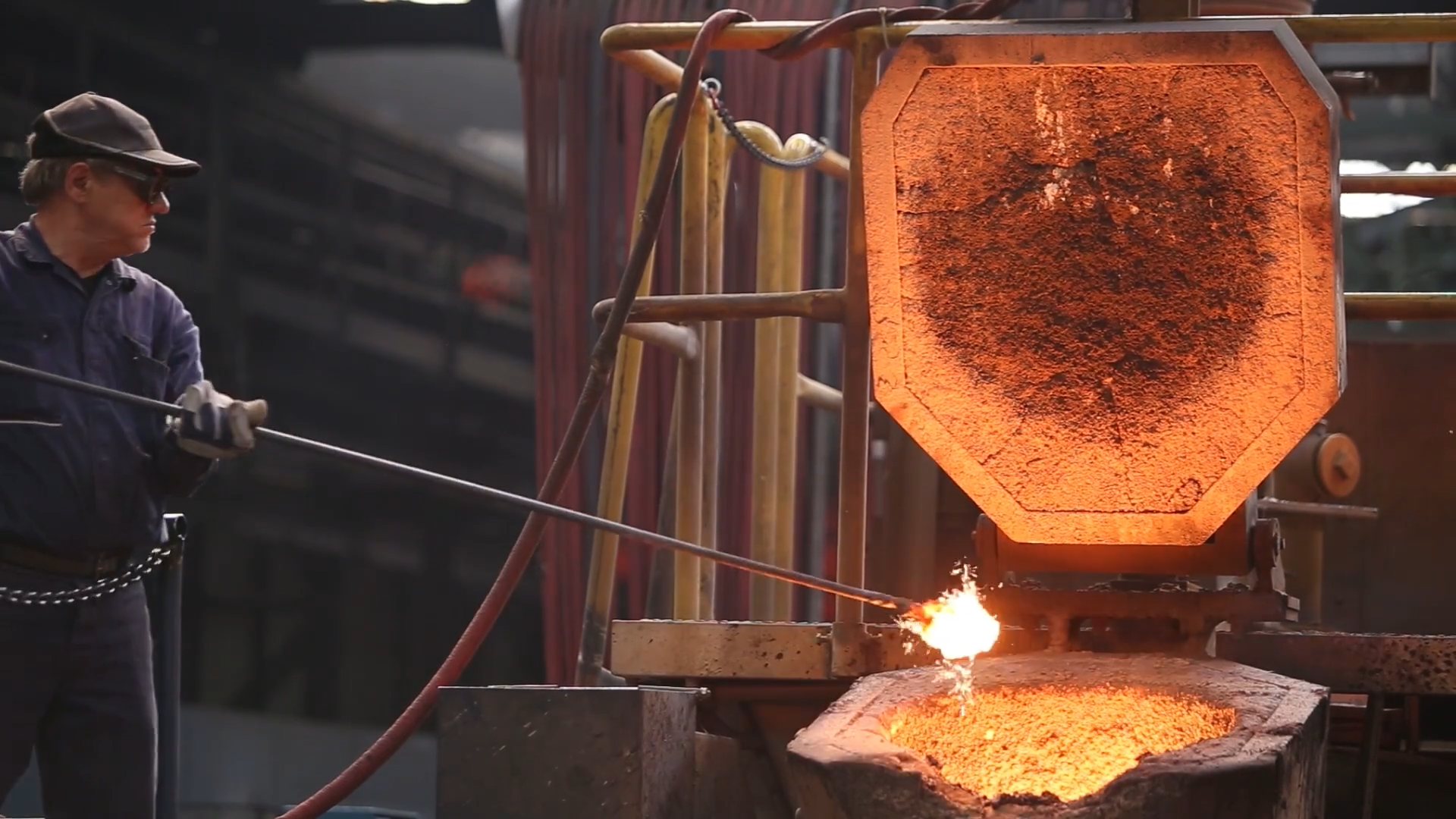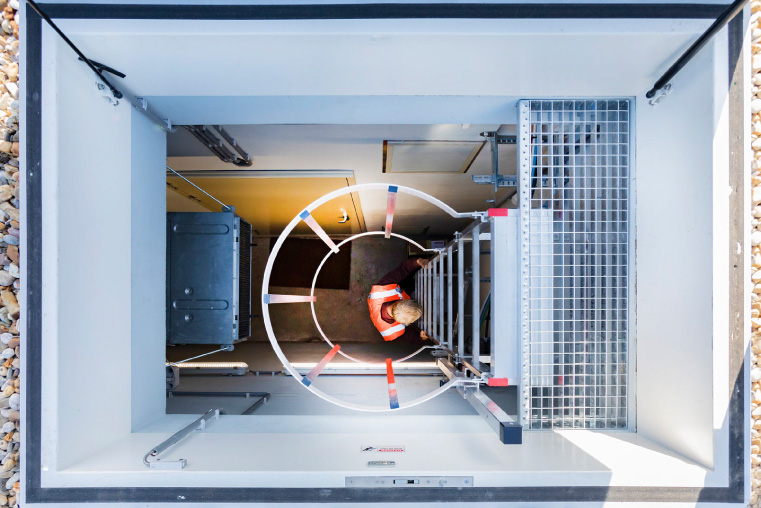Reaching Net Zero in Fashion Calls for Innovation, Incentives & Investments

In the wake of COP28, sustainable material technology company, Spinnova, argues that it’s time for policymakers and brands to double down on their efforts.
Fashion’s Environmental Impact: The Urgent Need for Sustainable Change
The fashion and apparel industry is one of the most polluting industries in the world, accounting for 4% of global emissions and contributing to a multitude of sustainability issues such as water and soil depletion, microplastic pollution and mounting textile waste. In Europe, consumption of textiles has the fourth highest impact on the environment and climate change, surpassed only by food, housing, and mobility. With the global textile fibre market expected to grow to over 150 million tonnes by 2030, it’s no wonder that numerous legislative initiatives aim to mitigate the industry’s climate impact.
For example, the UN’s Fashion Industry Charter for Climate Action was launched in 2018 to provide a path for reaching net-zero by 2050. The charter aims to reduce the industry’s greenhouse gas emissions by 30% by 2030 through progress in areas such as raw materials, renewable energy use, and circularity.
The EU’s 2030 Vision for Sustainable Textiles: Challenges and Opportunities
The EU has also set ambitious sustainability targets: their goal is that by 2030 all textile products placed on the EU market are durable, repairable, and recyclable. This is an enormous feat considering the current reality where only 1% of clothes produced globally are recycled into new clothes, hindered by immature infrastructure and low-quality materials unfit for recycling.
Making these ambitious goals a reality will require effort on three fronts: innovations, incentives and investments.
Luckily for policymakers, legislators, and brands, there’s no shortage of material innovations. On the contrary: in the past five years, we’ve seen multiple new innovations in areas such as sustainable materials, resource-efficient dyeing, and textile traceability prove not only their ingenuity, but their commercial viability.
One of these is sustainable textile material company Spinnova, whose breakthrough technology makes textile fibre out of wood or waste, without any harmful chemicals. The patented process for making fibre creates zero waste, side streams, or microplastics, and its CO2 emissions and water use are minimal compared to conventional cotton. Already having opened its first commercial factory producing SPINNOVA® fibre and collaborating with companies such as Adidas and Bestseller, Spinnova is an example of the many solutions advancing the transition to net zero already today.
The Role of Innovations and Incentives in Transforming the Fashion Industry
Besides working with readily scalable raw material sources such as wood to respond to existing demand for more sustainable materials, Spinnova is also constantly developing its technology and piloting new raw materials.
According to Spinnova, the introduction of material innovations will not be enough to take us far enough on the EU’s roadmap for sustainable textiles, let alone meet the ambitious goals set for 2030. And while many fashion and apparel brands have made commitments to significantly reduce their environmental impact by introducing sustainable materials in their collections – and fashion brands’ demand for sustainable fibres will no doubt continue to grow – inciting widespread change on a rapid enough timeline will require legislators and policymakers to double down on incentives and investments.
Investments and incentives which, as we’ve seen in industries further along in the green transition than fashion, will eventually pay themselves back.
Find out more about COP28 campaign














